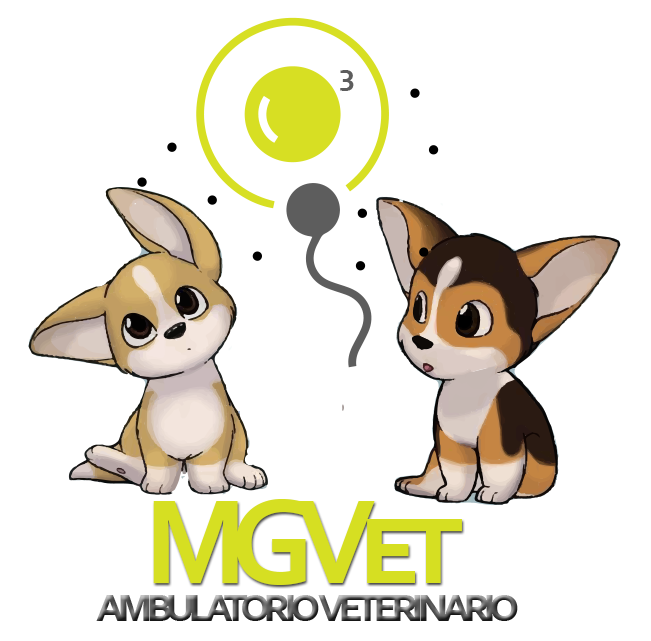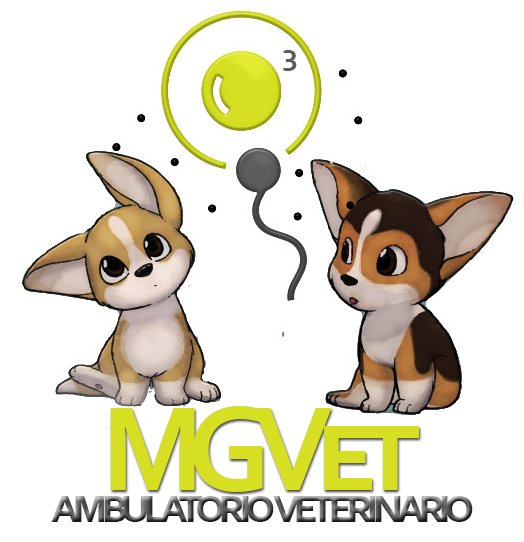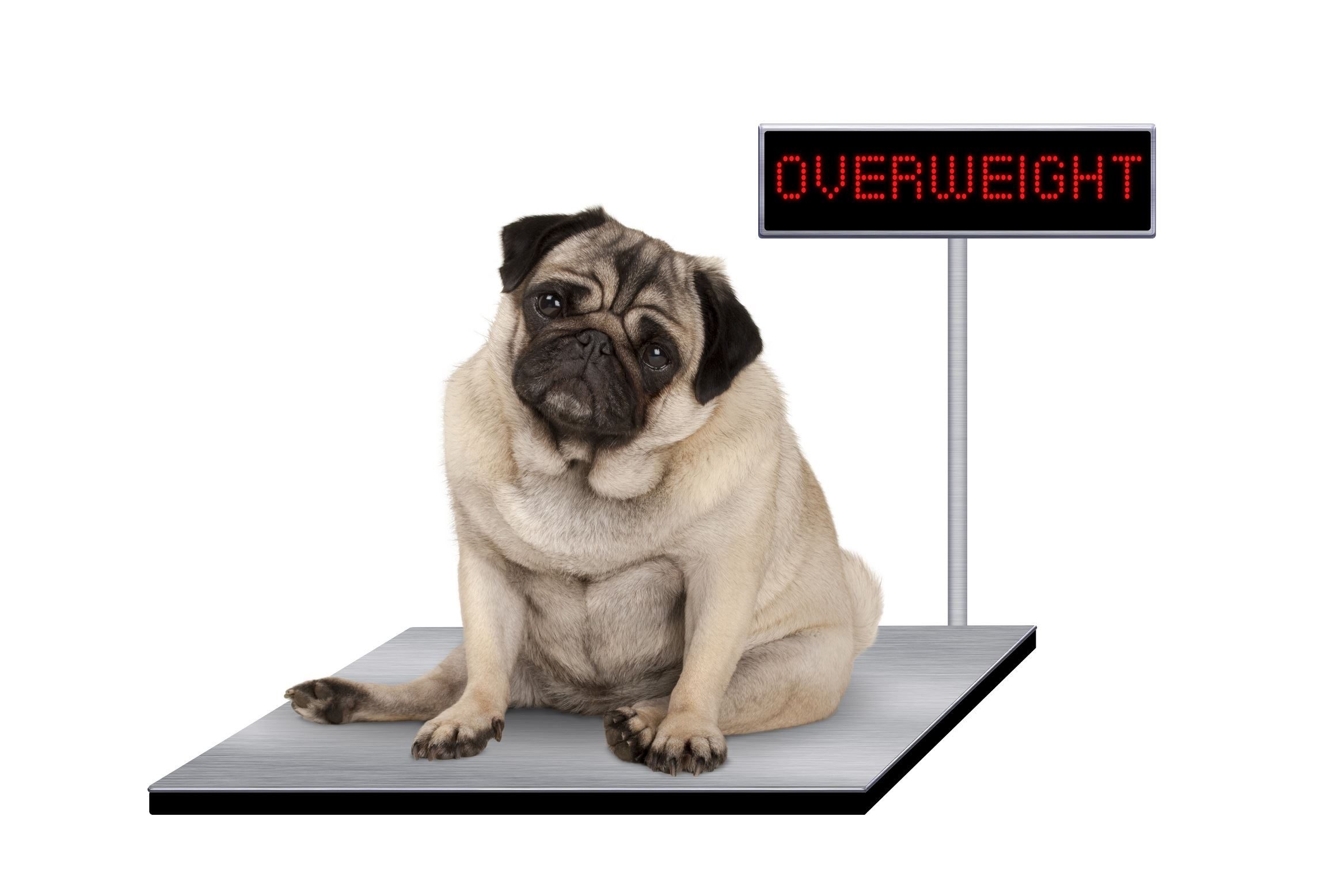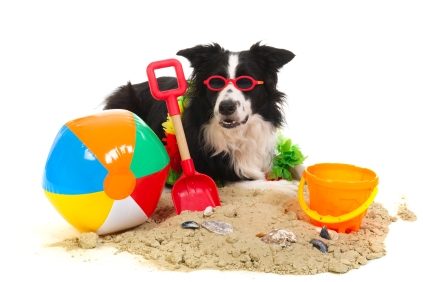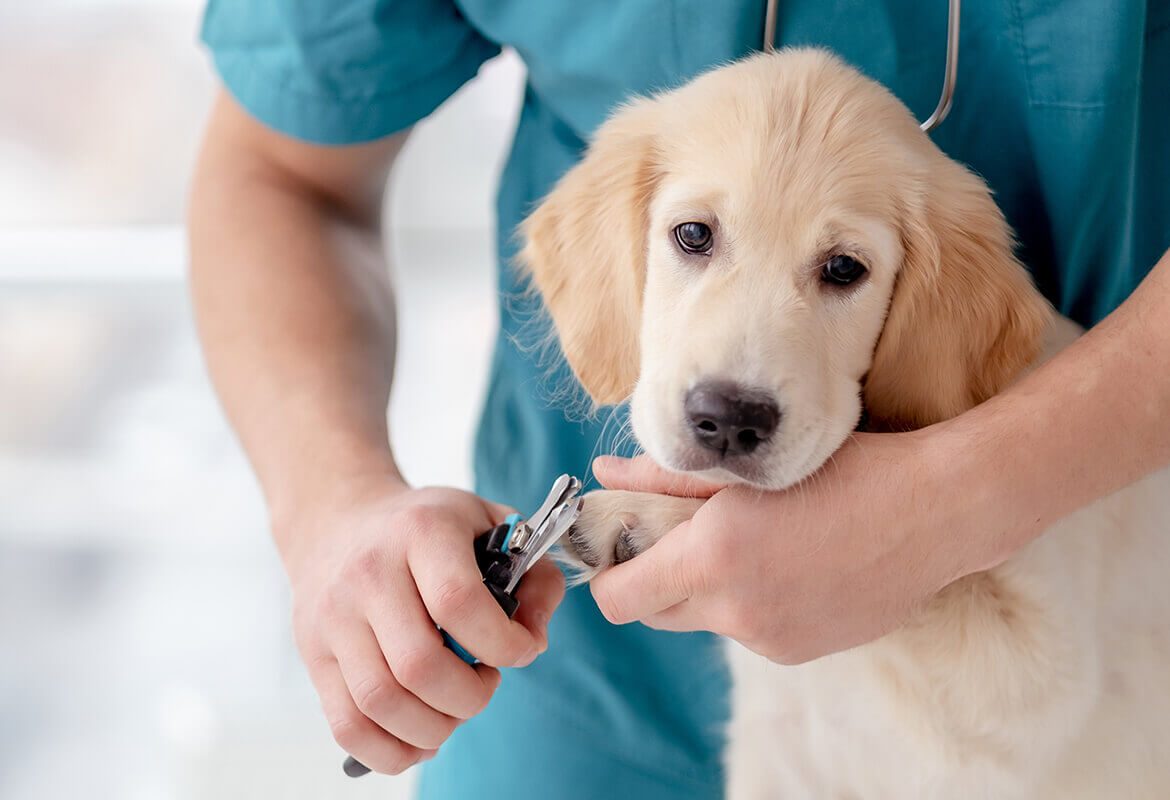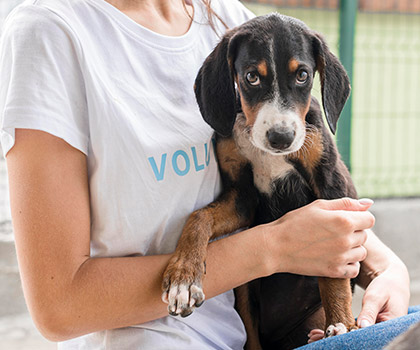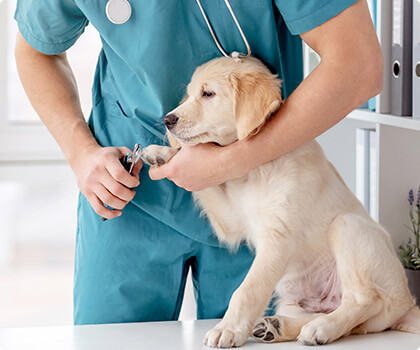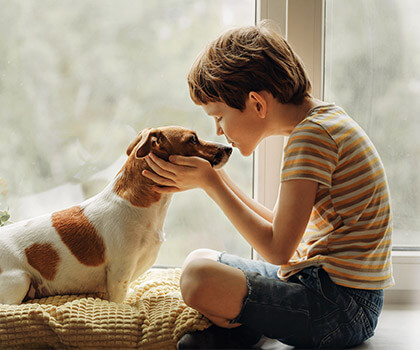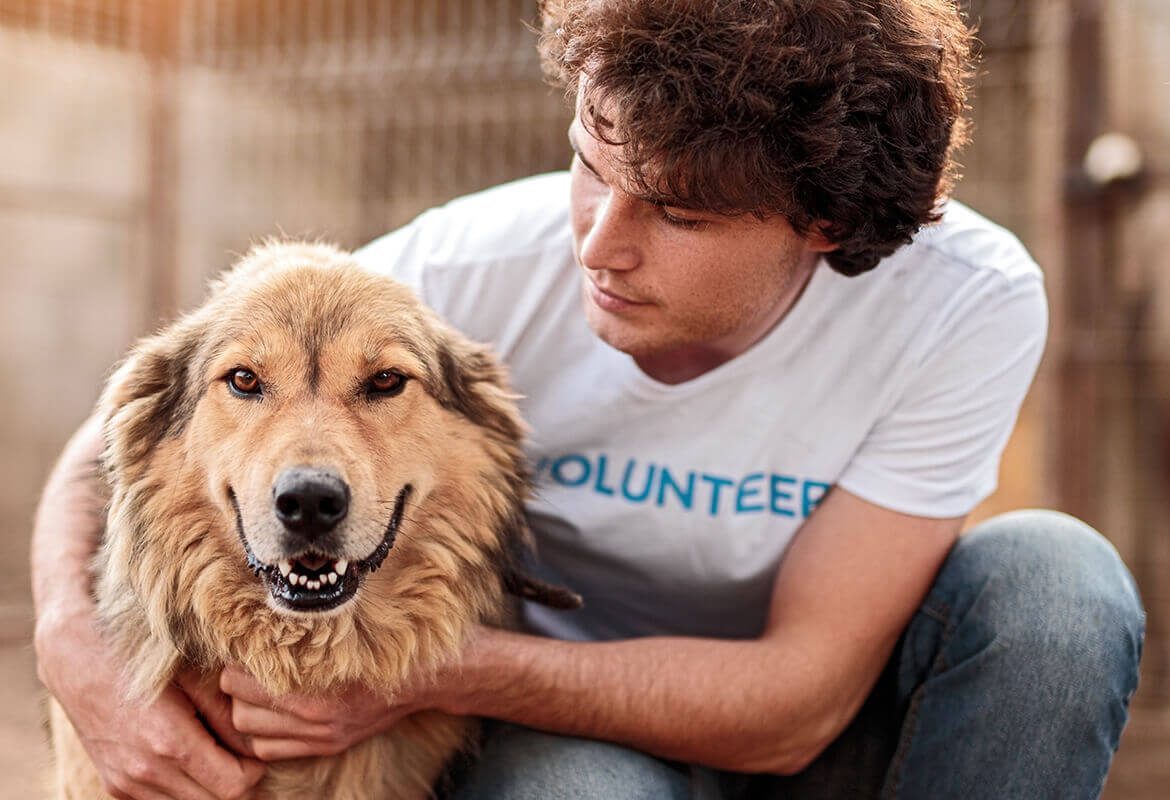Nuovo Servizio Animali Esotici
La MGVet è sempre attenta alle necessità di tutti i proprietari, e dal 2023 è lieta di informare la propria clientela che è stato attivato il nuovo Reparto Medico per Animali non Convenzionali ed Esotici, a cura del Dr. Antonino Marcianò, specialista in Patologia e Clinica degli Animali da Affezione ed Esperto in animali non convenzionali selvatici e da zoo.
